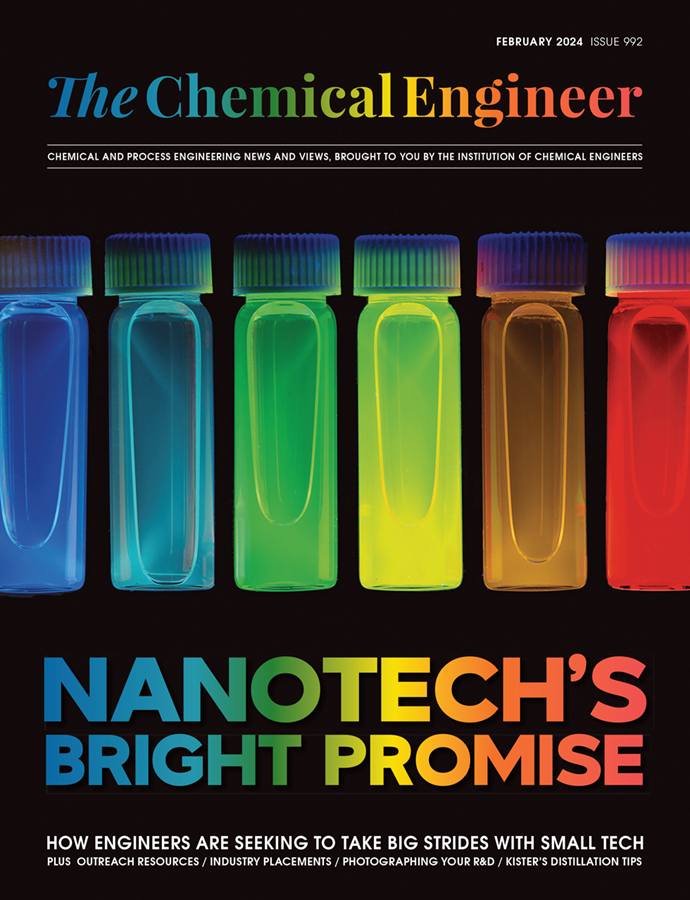N-doped biochar from chicken poo captures CO2
ENGINEERS in South Korea have found that nitrogen-doped biochar beads made from chicken manure could be an effective, sustainable way to capture CO2 from waste gas streams.
The most common capture method for CO2 uses amine liquids, but these have a high regeneration cost and can react with other gases in flue gas. Other solid adsorption methods require high pressures or temperatures or are expensive. Minh-Viet Nguyen and Byeong-Kyu Lee at the University of Ulsan investigated the use of biochar, which has a very high internal surface area, but usually will only achieve good adsorption capacities at a high CO2 partial pressure. The researchers used nitrogen-doping, also known as amine modification, to improve the adsorption capacity. NH3 groups have been shown to interact with the CO2, increasing selectivity towards it.
Nguyen and Lee used chicken manure, a cheap and commonly-available waste product, as a source of carbon. They first dried the manure then pyrolysed it at 450?C for one hour to produce biochar. The biochar was mixed with a solution of HNO3, then NaOH, before being placed in a reactor at 450?C with ammonia for one hour, producing amine-modified biochar (AMBC). The researchers then mixed this with a natural polymer called α-L-gulopyranuronate, and dropped the mixture into a calcium chloride solution to produce the beads.
The researchers tested the beads using a lab-scale fixed bed column at ambient pressure. The AMBC beads adsorbed 10.15 mmol/g of CO2 at 20?C, far higher than the beads made from undoped biochar, which adsorbed 3.72 mmol/g, and higher than conventional activated carbon, which adsorbed 8.91 mmol/g. Even after ten adsorption and desorption cycles, the AMBC beads retained 88% of their adsorptive capacity, compared to just 62% for the activated carbon beads. Tests with a mixture of CO2 and nitrogen showed that AMBC beads showed a high selectivity towards CO2 of 79.1%. The researchers point out that in use, the bead format allows easy recovery.
“Based on these findings, the AMBC beads can be used as an alternative adsorbent for CO2 removal in ambient conditions,” the researchers say.
Process Safety and Environmental Protection DOI: 10.1016/j.psep.2016.04.007
Recent Editions
Catch up on the latest news, views and jobs from The Chemical Engineer. Below are the four latest issues. View a wider selection of the archive from within the Magazine section of this site.




